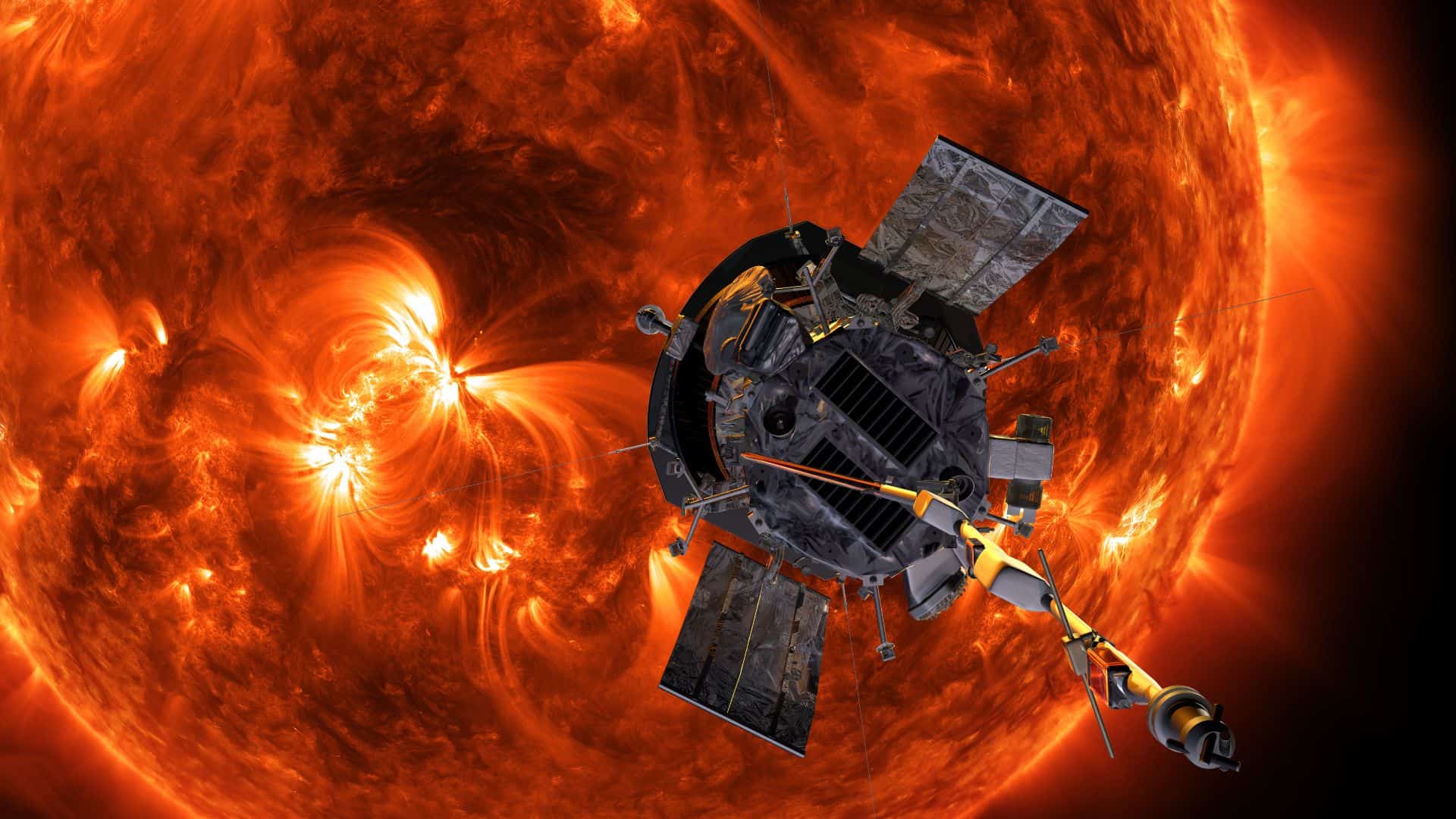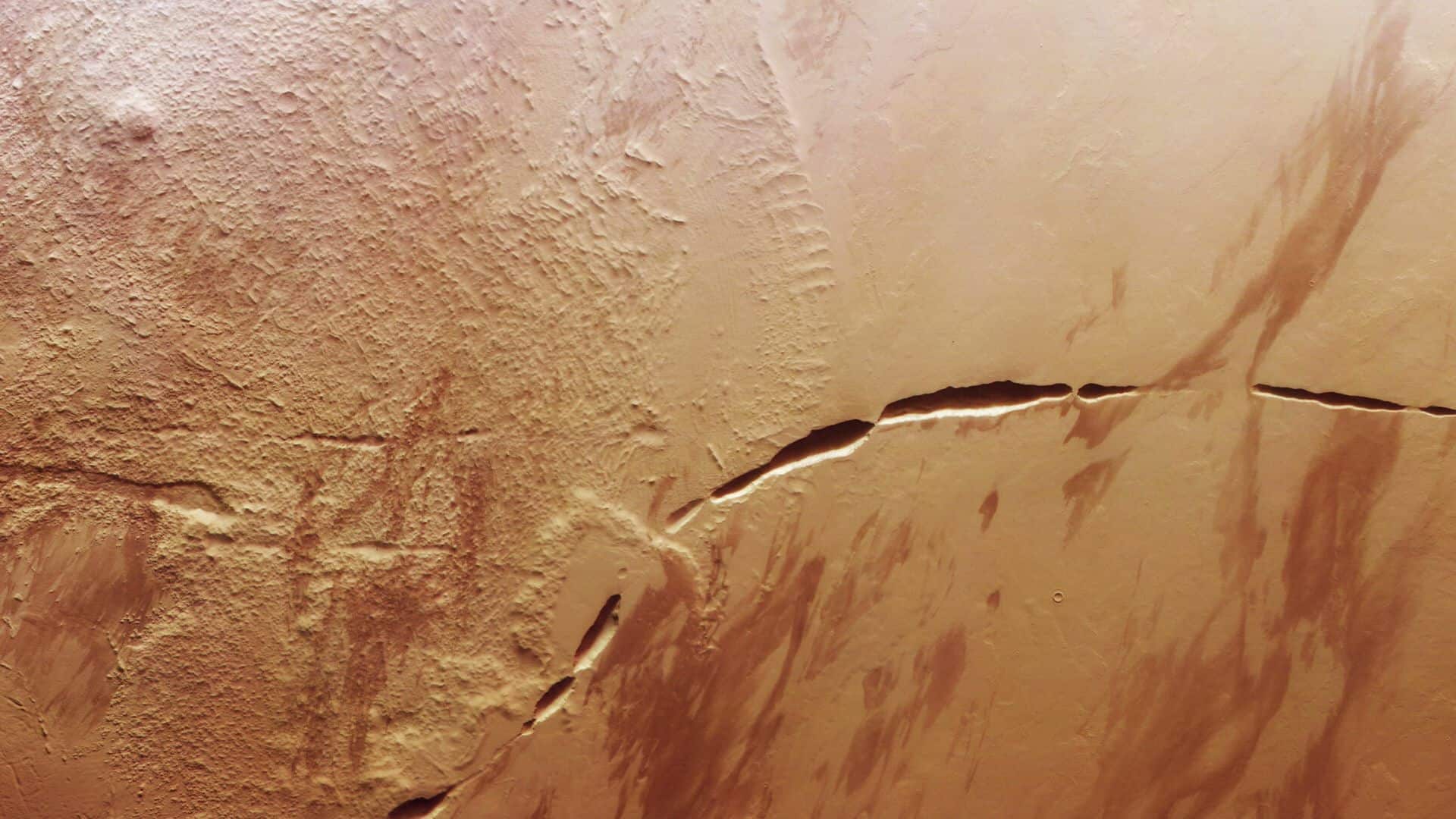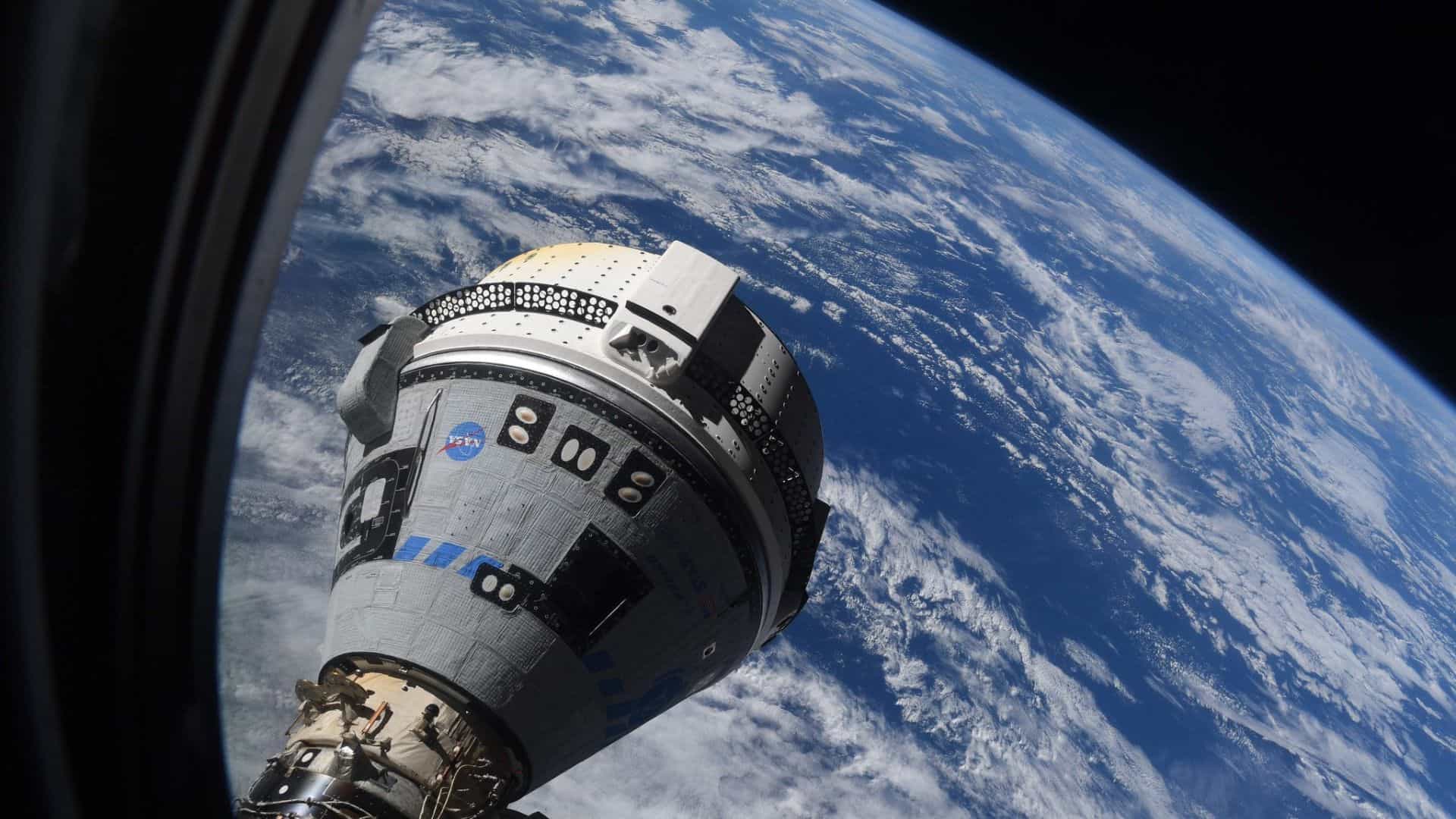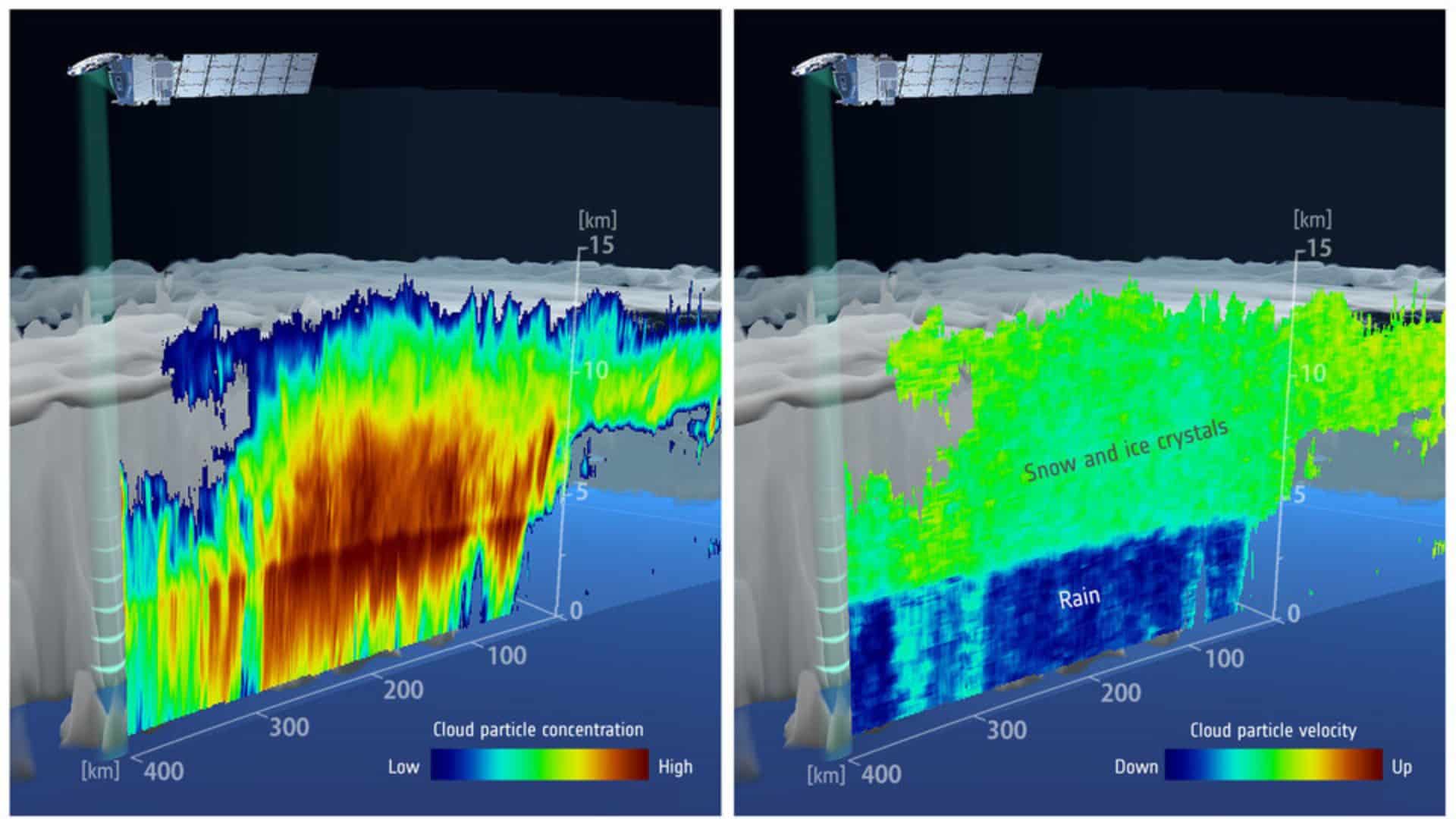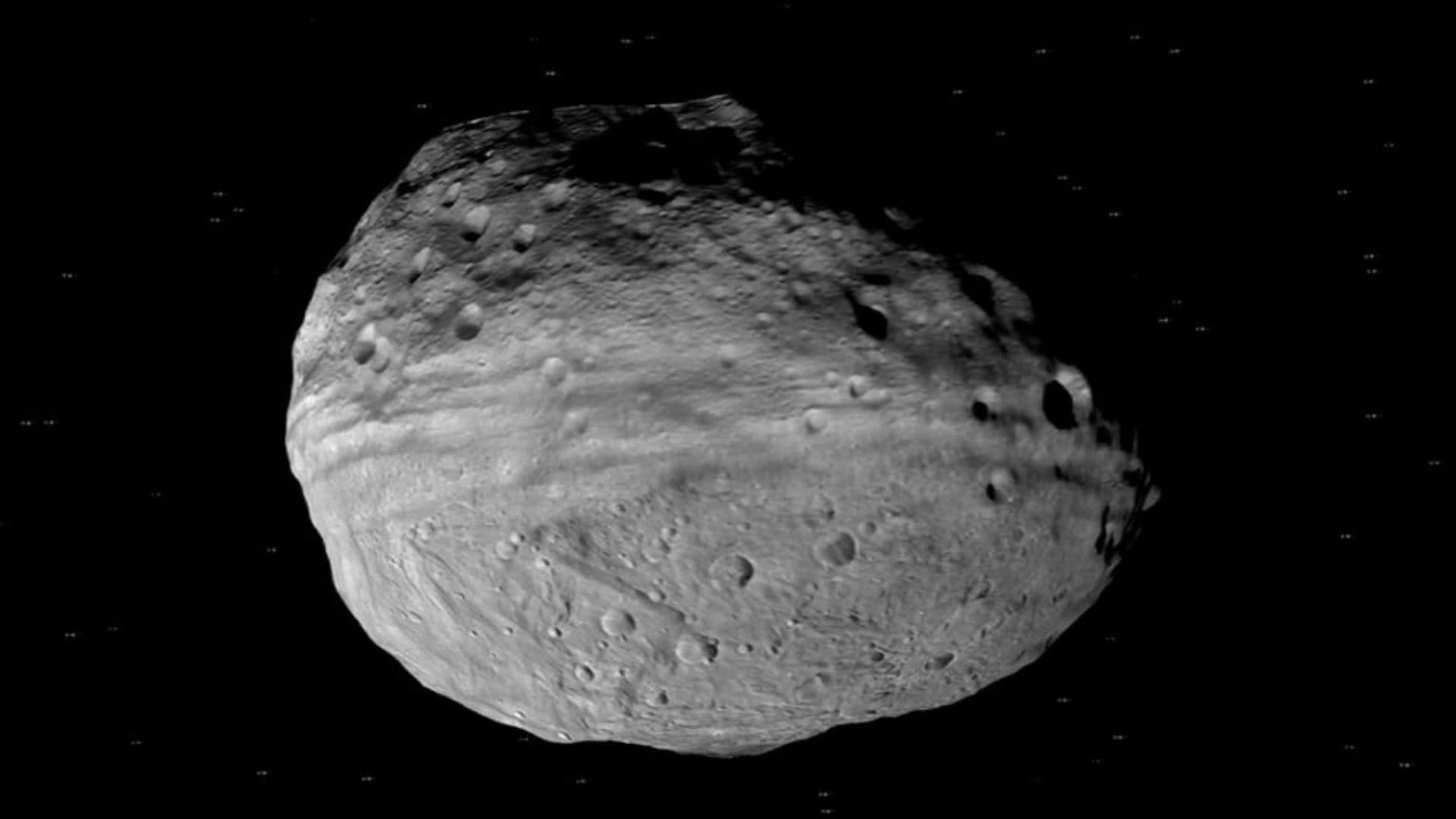
The large asteroids in the asteroid belt, like Vesta, didn’t form in the main asteroid belt itself. They probably formed in another region of our solar system and then came to the main asteroid belt.
The main asteroid belt is located between the orbits of Mars and Jupiter. It is formed from the protoplanetary disk around the sun as a group of planetesimals.
Vesta is the second-largest asteroid in the main asteroid belt, with a diameter of over 500 kilometers. It contains almost 9% of the total mass of all the objects in the asteroid belt.
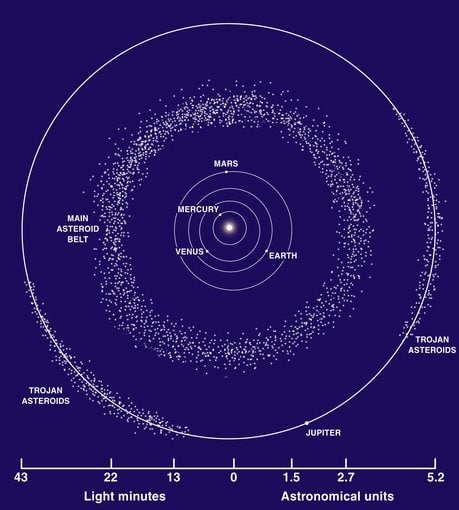
According to a new study that uses computer simulations, the total mass of the asteroid belt was relatively small when our solar system formed.
“By small, we mean only about five times less than the mass of the moon,” the lead author of the study, Rogerio Deienno, said in a statement.
“If the primordial asteroid belt mass was larger than that, we should see more Vesta-sized objects than we currently observe… at least one or two. And, of course, the more mass we have in the beginning the more Vestas would form.” Rogerio added.
For this reason, the research team believes that large asteroids with diameters greater than 200 or 300 kilometers didn’t form in the asteroid belt.
Currently, the four largest asteroids in the main asteroid belt, i.e., Ceres, Vesta, Pallas, and Hygiea, contain about 60% of the belt mass and are believed to come from outside.
The study was published in The Planetary Science Journal on May 7, 2024, with the following title:
Accretion and Uneven Depletion of the Main Asteroid Belt
Please bookmark Spaceandtelescope.com or follow us on Facebook and Twitter to get latest space news, upcoming skywatching events and astronomy-related content.
